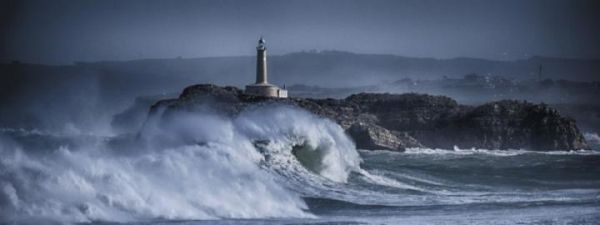Sea level rise puts coastal areas at the forefront of the impacts of climate change, but new research shows they face other climate-related threats as well. In a study published January 14 in Nature Communications, researchers report that the energy of ocean waves has been growing globally, and they found a direct association between ocean warming and the increase in wave energy.
A wide range of long-term trends and projections carry the fingerprint of climate change, including rising sea levels, increasing global temperatures, and declining sea ice. Analyses of the global marine climate thus far have identified increases in wind speeds and wave heights in localized areas of the ocean in the high latitudes of both hemispheres. These increases have been larger for the most extreme values (e.g., winter waves) than for the mean conditions. However, a global signal of change and a correlation between the localized increases in wave heights and global warming had remained undetected.
The new study focused on the energy contained in ocean waves, which is transmitted from the wind and transformed into wave motion. This metric, called wave power, has been increasing in direct association with historical warming of the ocean surface. The upper ocean warming, measured as a rising trend in sea-surface temperatures, has influenced wind patterns globally, and this, in turn, is making ocean waves stronger.
Read more at University of California - Santa Cruz
Image: Increasing wave energy with climate change means more challenges for coastal risk and adaptation. (Credit: Courtesy of IHCantabria)


